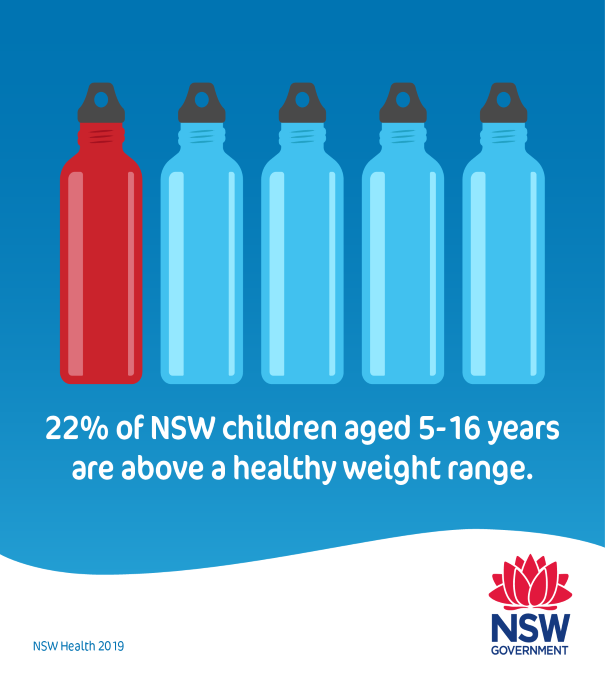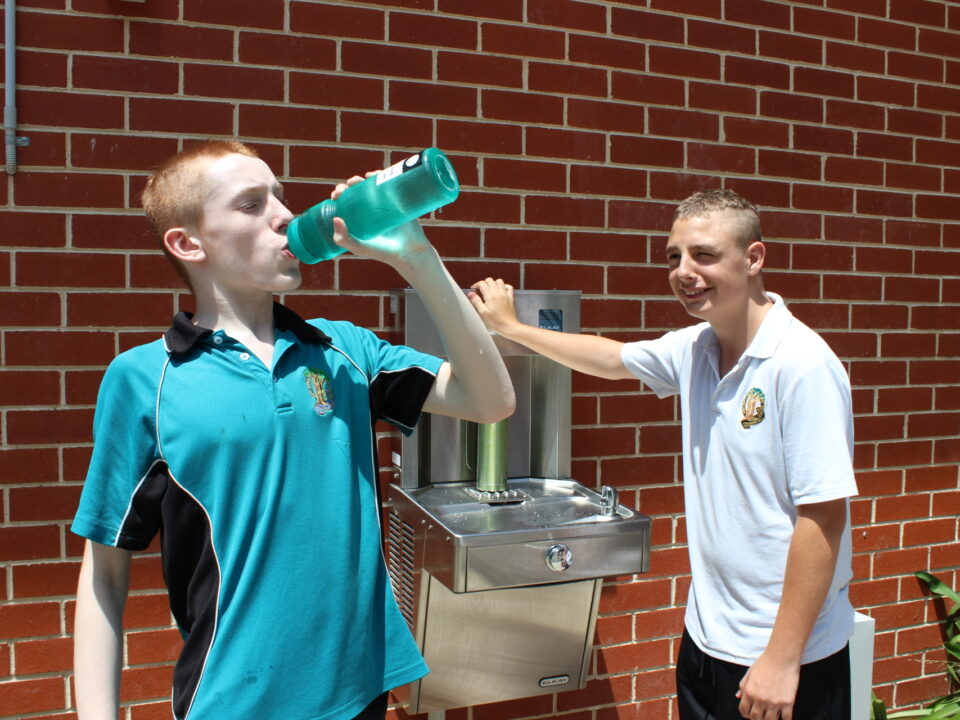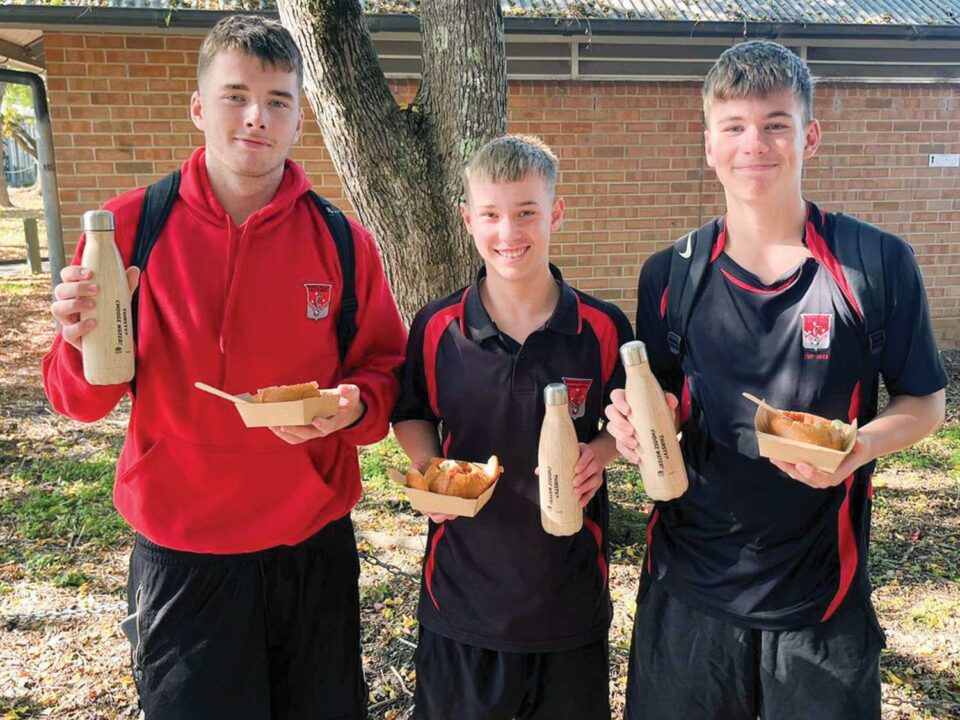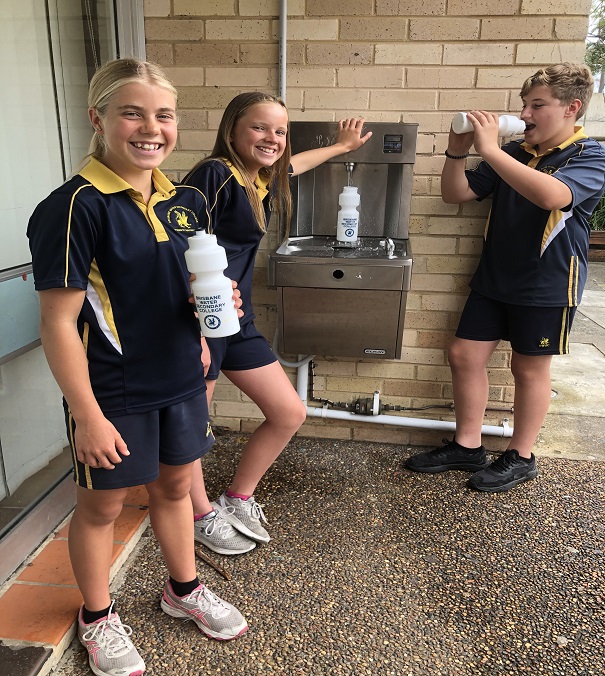
Sign up to become a Friend of Thirsty
September 29, 2020
Kariong choosing water
February 21, 2021News
NSW Health study to tackle sugary drink consumption among teens
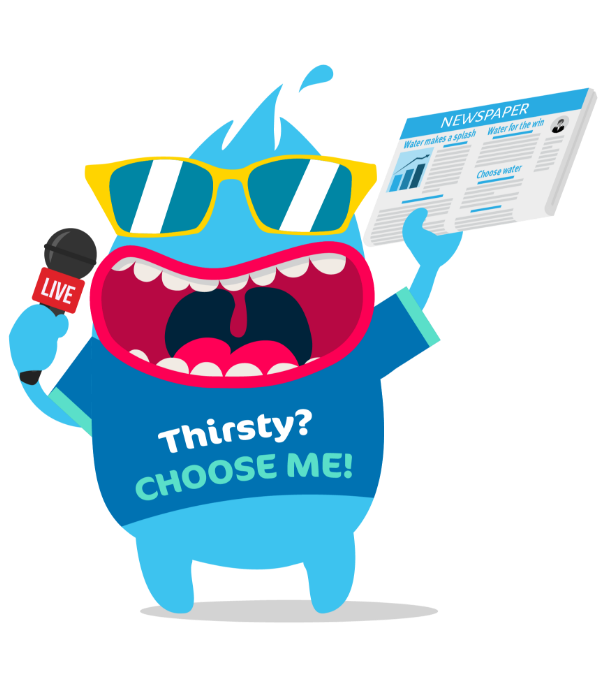
12 October 2020
A landmark study to help tackle the issue of sugar-sweetened drink consumption among adolescents is being carried out in secondary schools across New South Wales.
The Thirsty? Choose Water! study, led by Central Coast Local Health District (CCLHD), is the first of its kind in Australia, examining the consumption habits, attitudes, and knowledge of secondary school students regarding water and sugar-sweetened drinks.
Eighty-five secondary schools from across five NSW health districts are participating in the study, which sees schools receive either educational resources to deliver as part of the curriculum and materials to promote water, chilled water stations installed on site, or both.
All schools will be kitted with a chilled water station at the completion of the research, while the CCLHD will develop a framework for broader community adoption, with resources and toolkits made available to schools and parents, and an educational game launched to further engage young people in water education.
The research builds on an initial pilot study that saw Year 7 students in Central Coast high schools provided with educational resources during the 15-minute post-immunisation period.
It aims to address adolescents’ high intake of sugar-sweetened drinks. More than half of NSW children aged 12–15 years consume these drinks daily, and more than one in five children in NSW aged 5–16 years are above a healthy weight range.
CCLHD Health Promotion Director, Nicole Kajons, said while these figures indicate a worrying trend, the research will help shape strategies to address the issue and promote healthier habits.
“Childhood and adolescent overweight and obesity in Australia is a significant public health issue, and the consumption of sugar-sweetened drinks, which is particularly high among high school students, is a key contributing factor to this.
“While current statistics surrounding the drink choices of Australian adolescents are concerning, our initial pilot study indicated that it is possible to intervene and change behaviour,” said Ms Kajons.
“Evidence also suggests that decreasing consumption of sugar-sweetened drinks can impact positively on childhood weight. However, in the Australian context there are limited studies on how this may occur in the secondary school setting.
“The Thirsty? Choose Water! study seeks to establish how effective promotion and education, as well as the installation of chilled water stations, can be in changing adolescents’ habits by getting them to replace their sugary drink with water.
“We’re hoping our findings will support the adoption of strategies that contribute to young people choosing water instead of sugary drinks, which will have a positive impact on the health and wellbeing of adolescents across the country.”
All Thirsty? Choose Water! content and materials are designed to provide general information only and are not intended as medical advice. For individually tailored advice, consult your doctor or health professional.

